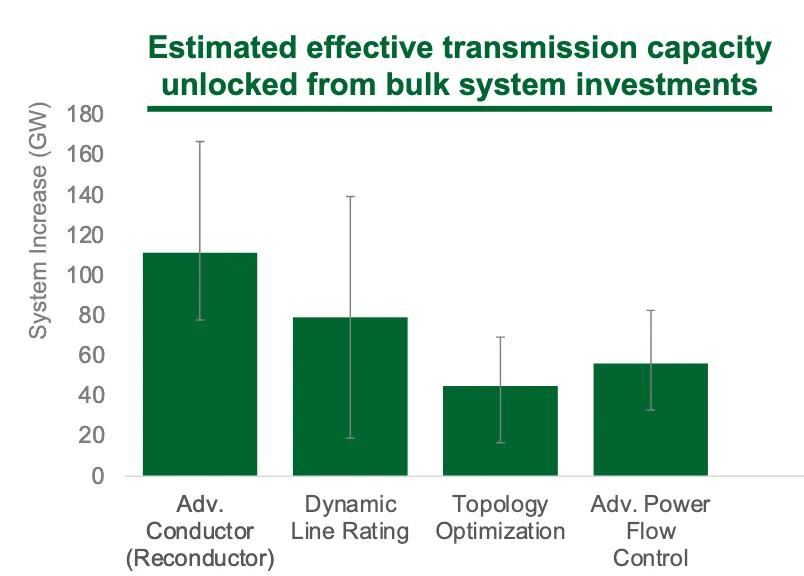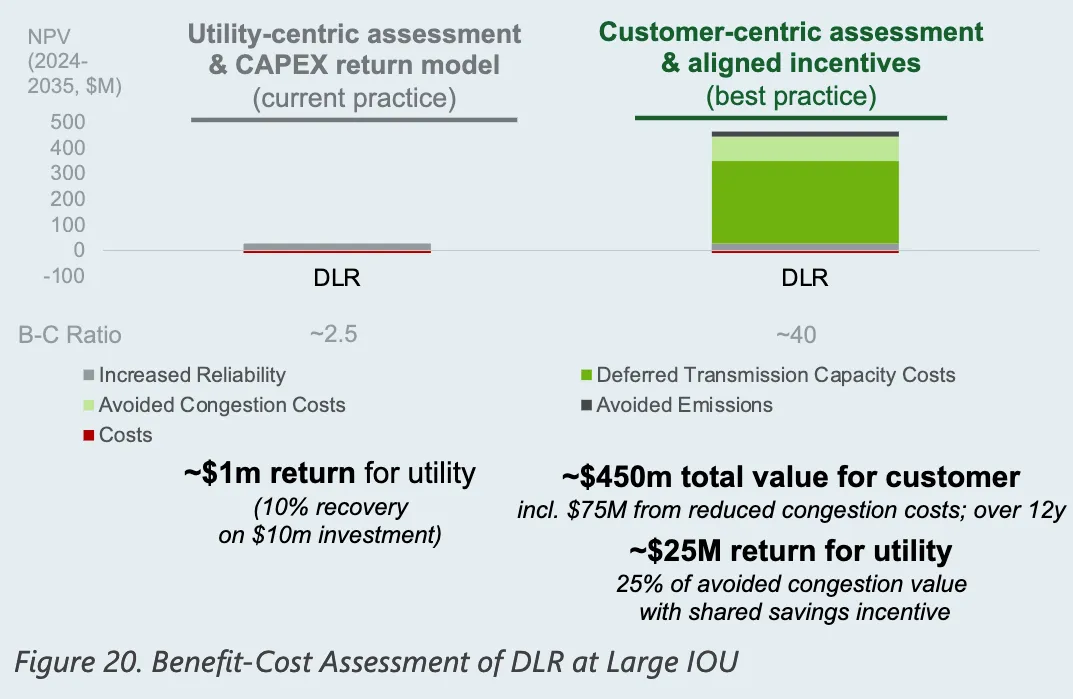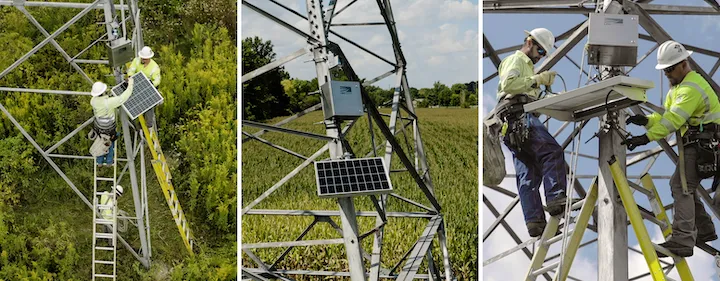Accelerating Grid Modernization: Insights from the DOE Liftoff Report

The U.S. Department of Energy recently released its Innovative Grid Deployment Liftoff report, highlighting 20 technologies available today that help grid operators and regulators address capacity and reliability priorities while keeping affordable power for consumers.
The report underscores the immense pressures facing the grid, including rapid demand growth, aging infrastructure, and the slow ability to onramp clean generation. NERC has nearly tripled its 9-year electricity demand forecast from 200 to 550 gigawatt-hours of growth and projects peak demand to grow by 91 GW over the next decade.
Meanwhile, congestion costs are on the rise, with customers paying $21B for market inefficiency in 2022. To meet these demands and curb congestion, the U.S. grid needs to double by 2035. All the while, 26% of U.S. households reported being unable to afford their energy bills for at least 1-2 months within the last year, a metric that will likely increase.
The DOE report emphasizes that 20 technologies, including Dynamic Line Ratings (DLR), can serve as a cost-effective "bridge" to the needed transmission grid expansion in service of rapid demand growth, enhancing system reliability and resilience, and supporting the integration of utility-scale and distributed clean energy resources.
DLR:
- Works in less than three months after initial implementation
- Increases effective transmission capacity by an average of 10-30%
- Costs less than 5% of the cost of rebuilding lines to expand capacity
DLR in the Liftoff Report
The DOE highlights that if deployed to their full potential, Grid Enhancing Technologies (GETs) like DLR, Advanced Power Flow Control (APFC), and Topology Optimization (TO) could each individually reduce annual congestion costs by an estimated 25–50%, removing ~$5–10B in congestion costs.

The recent RMI GETs study featuring LineVision demonstrates how “the benefits that flow from these technologies are complementary and can stack; Deploying DLR,TO, and APFC together drives a ~20-25% greater capacity impact to enable new generation interconnection than any of the solutions individually.”
Achieving Liftoff
The DOE outlines four key priorities to propel the widespread adoption of advanced grid technologies, which are vital for addressing the escalating pressures on our grid infrastructure. As a leader in this field, LineVision is already focused on accomplishing these priorities.
Building evidence to validate the value proposition
The DOE recommends 6-12 large “no-regrets” installations of advanced technologies to instill confidence in widespread use for transmission planning and operations, develop methods to accurately capture the benefits of these technologies, and align incentives and supportive regulatory constructs.
LineVision’s is committed to this goal with our utility partners, because we know that there are places where dynamic line ratings can solve critical congestion constraints, enable new clean energy interconnections faster, or provide load to new economic development to create jobs faster.
Developing implementation and operational expertise
Utilities and technology providers alike need to develop implementation playbooks and share best practices, representing the criticality of forums like EEI and EPRI to move quickly toward deploying advanced grid solutions and helping the industry make them make sense despite changing the paradigm for utilities nationwide.
LineVision, and our fellow grid-enhancing technology providers,bring documented standards, protocols, and best practices, as well as engineering and IT expertise to the fold, which have been developed through years of working with utilities on DLR projects.
Refining planning and investment case approaches
In 2024, our standard assumptions about the grid no longer apply - as it remains the last ‘static’ asset in a dynamic energy system. Grid planners, operators, and regulators are adapting to this new paradigm, but to do so requires fundamental changes to value marginal capacity, update operational processes, and better account for the time scale in planning cycles. (I Would put in AES whitepaper takeaways on planning here) The WATT Coalition (note our membership) published a white paper that highlights how GETs complement traditional transmission solutions, and the need for GETs to be included in utilities' transmission planning.
Aligning economic models and incentives
One of the broadest challenges for the GETs adoption curve is the misaligned economic incentives for utilities to act and to do so quickly. While these do exist in pockets, broad deployments of GETs to lower the costs customers pay for grid congestion don’t earn the utility enough revenue to make them do something other than build more transmission - which is slow and expensive.

The DOE highlights this very clearly. By introducing shared savings models (SSM) or performance incentive mechanisms (PIM), those carrots encourage faster action for utilities. As with any performance-based rate, settling on the balance between utility incentive and customer benefit is important. Here, the U.S. can look to other countries who are further along with deploying GETs, like in the U.K. where regulators are continuing to test different frameworks.
LineVision’s DLR in Action

AES and LineVision recently released a case study on their 42-sensor, 5-line DLR implementation across Ohio and Indiana. The partnership aimed to study how DLR could unlock additional carrying capacity, integrate large customers and renewables, and provide asset visibility. The study detailed two lines with different challenges.
One line anticipates overloads from new large loads and solar projects. LineVision's DLR achieved a 62% average capacity increase over static ratings, exceeding static assumptions 100% of the time and beating AAR by 23%. DLR would cost 7% of reconductoring, avoid 1 week of outages per mile, and save 9 months of construction time. On another line experiencing frequent thermal overloads, DLR identified a heavily-vegetated section reducing average capacity by 10%, highlighting operational risk from overstated static ratings. Combining DLR, targeted upgrades, and vegetation management could deliver an extra 10% capacity with $1.24M in savings and a year of construction time saved.
Wrapping Up
The Liftoff Report is a timely and compelling call to action. By embracing advanced grid solutions like DLR, utilities, and regulators can cost-effectively address immediate grid needs while preparing for a more sustainable, resilient, and affordable energy future.
LineVision has been an active facilitator and innovator in accelerating the net zero grid and we are always happy to guide the implementation of DLR to solve essential grid challenges.
Contact Us Today

